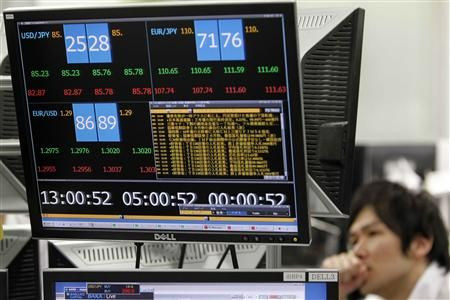Speculation and investments drive forex turnover: DB research

Two Deutsche Bank analysts based in Singapore just compiled a research report that shed light on who drives the spot forex (FX) market.
The forex market is the largest and most liquid market in the world; turnover averages $3.9 trillion per day.
Using spot trading turnover in the US dollar as a guide, the DB analysts shared the following findings:
- Short-term flows and speculation account for about 34 percent of turnover
-Portfolio flows (i.e. investors converting currencies to invest in the bonds and equities of various countries) account for about 22 percent of turnover.
-Trade in goods and services account for less than 2 percent of turnover
Moreover, while US trade turnover is about $20 billion per day, the NYSE's turnover is $35 billion per day and the US Treasuries turnover is $400 billion per day. This further illustrates that movements in the global financial markets are often more about speculation and investments rather than commercial transactions.
The conclusion is that financial and investment transactions drive the turnover in the forex market, not business/commercial transactions.
Therefore, it's not surprising that factors like global market risk sentiment, interest rate differentials, and equities performance are such key drivers of currency movements.
Email Hao Li at hao.li@ibtimes.com
Click here to follow the IBTIMES Global Markets page on Facebook
Click here to read recent articles by Hao Li
© Copyright IBTimes 2025. All rights reserved.





















